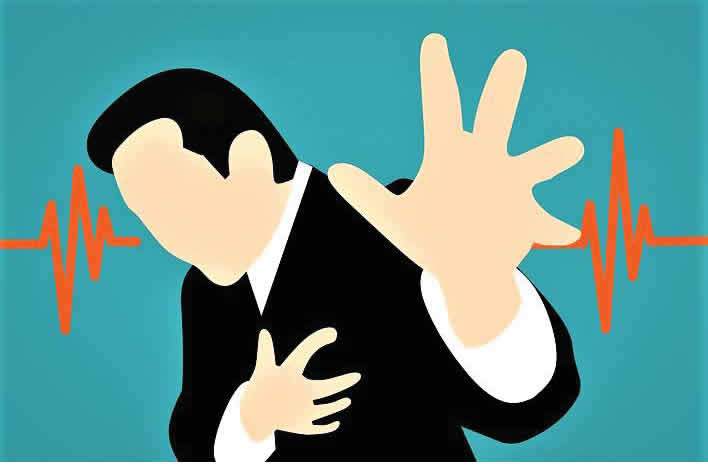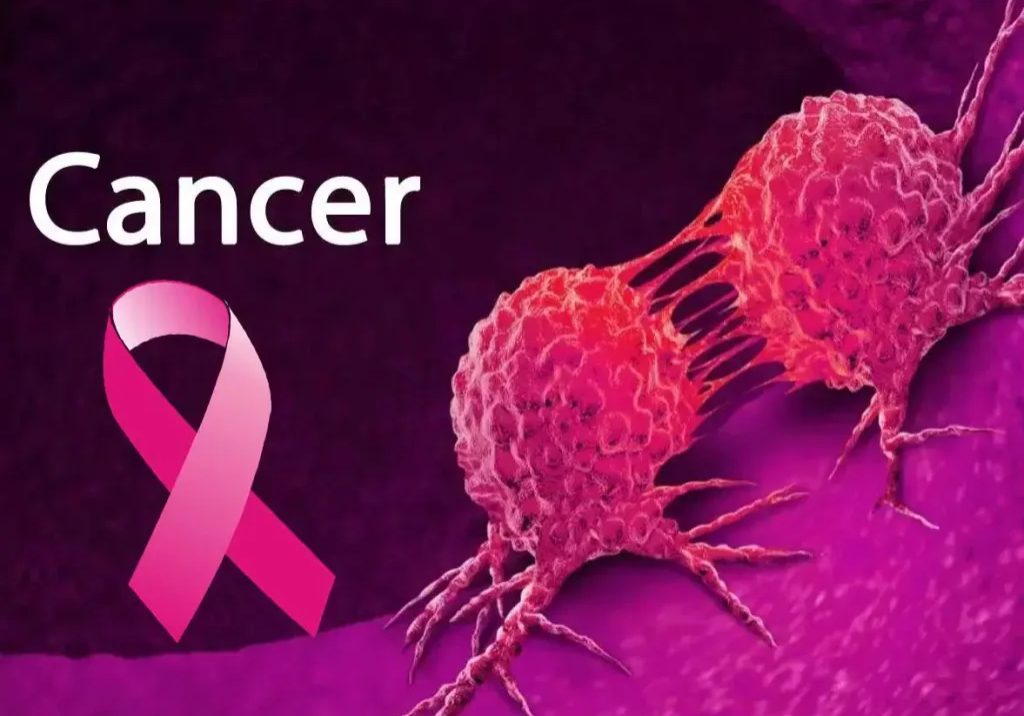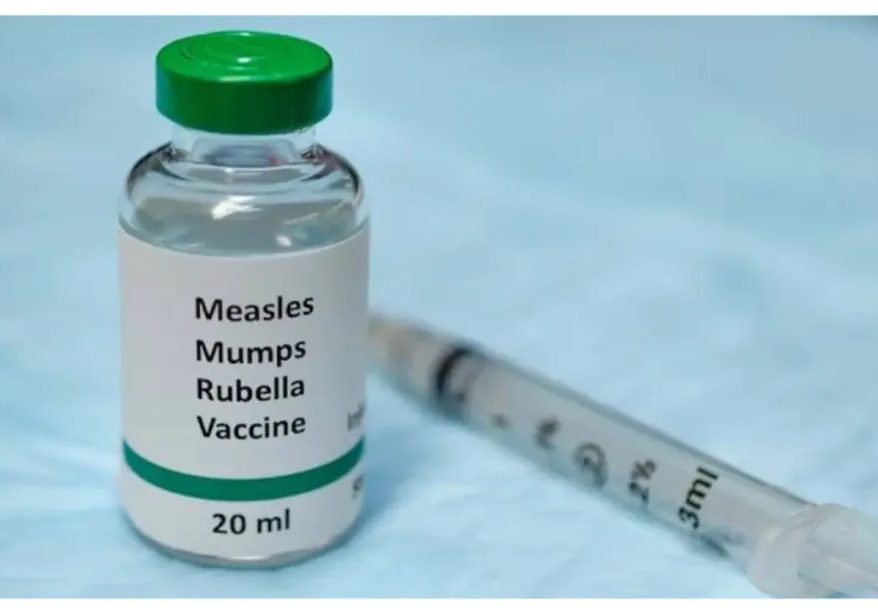Heart Attack Warning Signs Go Global: WHO Releases Timely Guide for 2024 World Heart Day
As the world observes the 2024 World Heart Day, the World Health Organisation (WHO) has issued a crucial guide identifying the typical warning signs of a heart attack. For the first time, we’re sharing the exact signs to look out for in a comprehensive guide to raising awareness about this life-threatening condition.
The WHO listed the following symptoms, also shared on X on Sunday, as potential indicators of a heart attack:
Feeling faint or light-headed
Breaking into a cold sweat
Shortness of breath
Pain or discomfort in the centre of the chest
Discomfort in the arms, left shoulder, elbows, jaw, or back
Vomiting
Becoming pale
A heart attack, medically referred to as a myocardial infraction, is a devastating medical emergency where the heart muscle begins to die due to insufficient blood flow. Prolonged delay in seeking medical attention can have severe consequences, including permanent damage to the heart, and even death.
Causes of Heart Attack Revealed
The Mayo Clinic, United States, elucidates that when a heart attack strikes, blood flow to a part of the heart stops or is severely reduced, leading to potential injury or death of affected heart muscle cells. Maintaining blood flow is paramount, as without it, the heart’s pumping functionality can be severely compromised.
The primary cause of a heart attack is usually the blockage of coronary arteries, which supply blood to the heart. This build-up of plaque on artery walls, known as atherosclerosis, can likened to grease clogging kitchen pipes. If severe, it leads to coronary artery disease, one of the most common causes of heart attacks.
However, in rare cases, approximately 5 per cent, heart attacks can occur without plaque rupture. This phenomenon may result from factors including coronary artery spasms, rare medical conditions, traumatic injury, or blood-related issues.
A heart attack is a critical medical situation that demands immediate attention and prompt medical care to reduce the risk of devastating complications. Recognising these early warning signs and acting rapidly can literally save lives.









